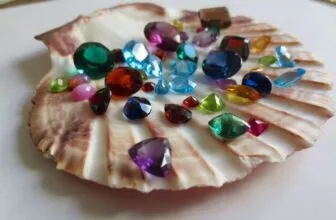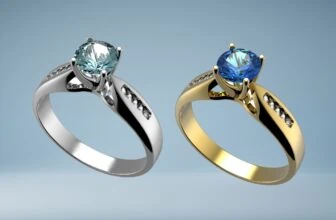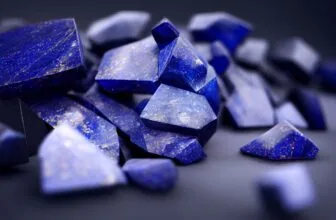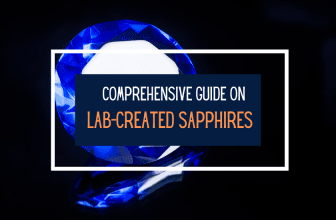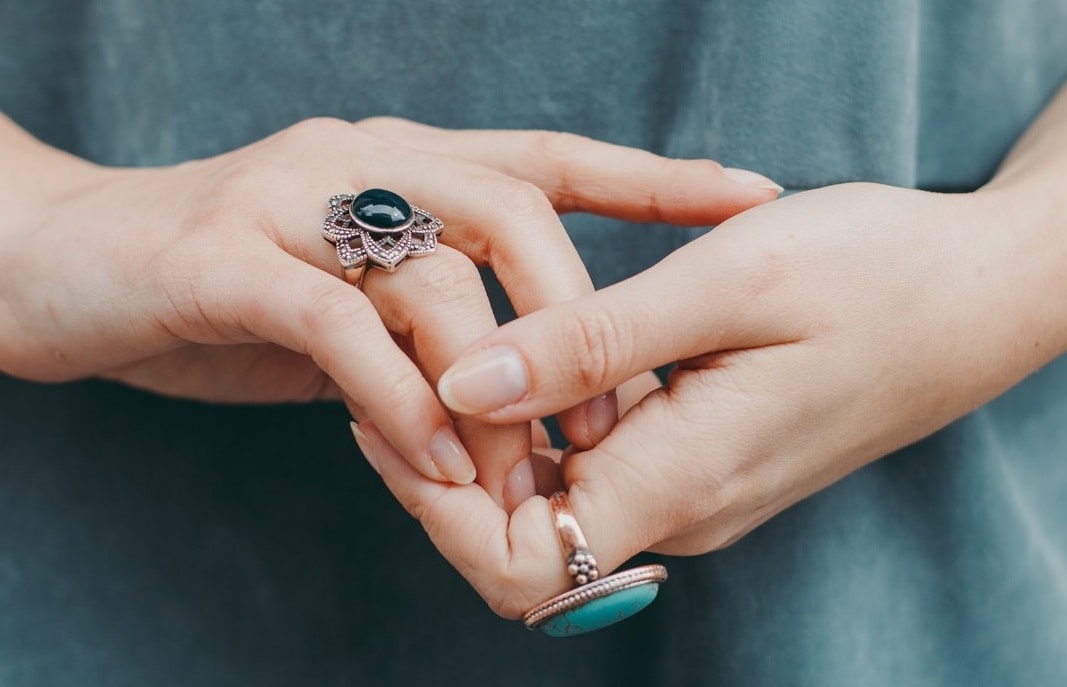
Table of Contents
As Jewelry Shopping Guide editors, we write about things that we love and we think you’ll like too. We often have affiliate partnerships, and may generate some revenue from these links at no cost to you.
Gemstone cuts can be broadly categorized into two types – with facets and without. There are several reasons why a gemstone may be cut into either of these two categories.
Let’s take a look at faceted and cabochon cut gemstones and which might be the better choice for you.
What is Faceting?
Faceting refers to the many angles and flat surfaces that are given to a gemstone to enhance its beauty. This is what’s known as a gemstone cut.
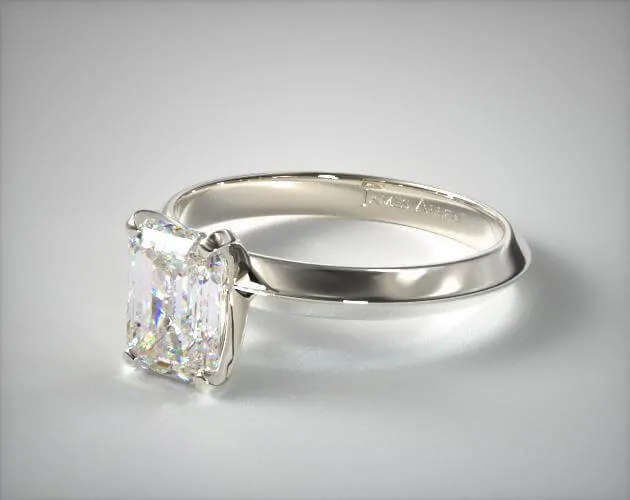
There are four main types of cuts which are the brilliant cut (e.g. round and princess), step cuts (e.g. emerald and Asscher), drop cuts (e.g. briolette and pear), and mixed-cut (combines characteristics of the other cuts listed here).
Think about diamonds. They’re offered in at least 10 main cuts, each with a specific range of facets that enhance its brilliance. This is why cuts like the round brilliant or the princess cut are the most popular. They have a high number of highly precise facets that define their beauty.
In general, high-quality gemstones with excellent transparency and clarity are cut into facets.
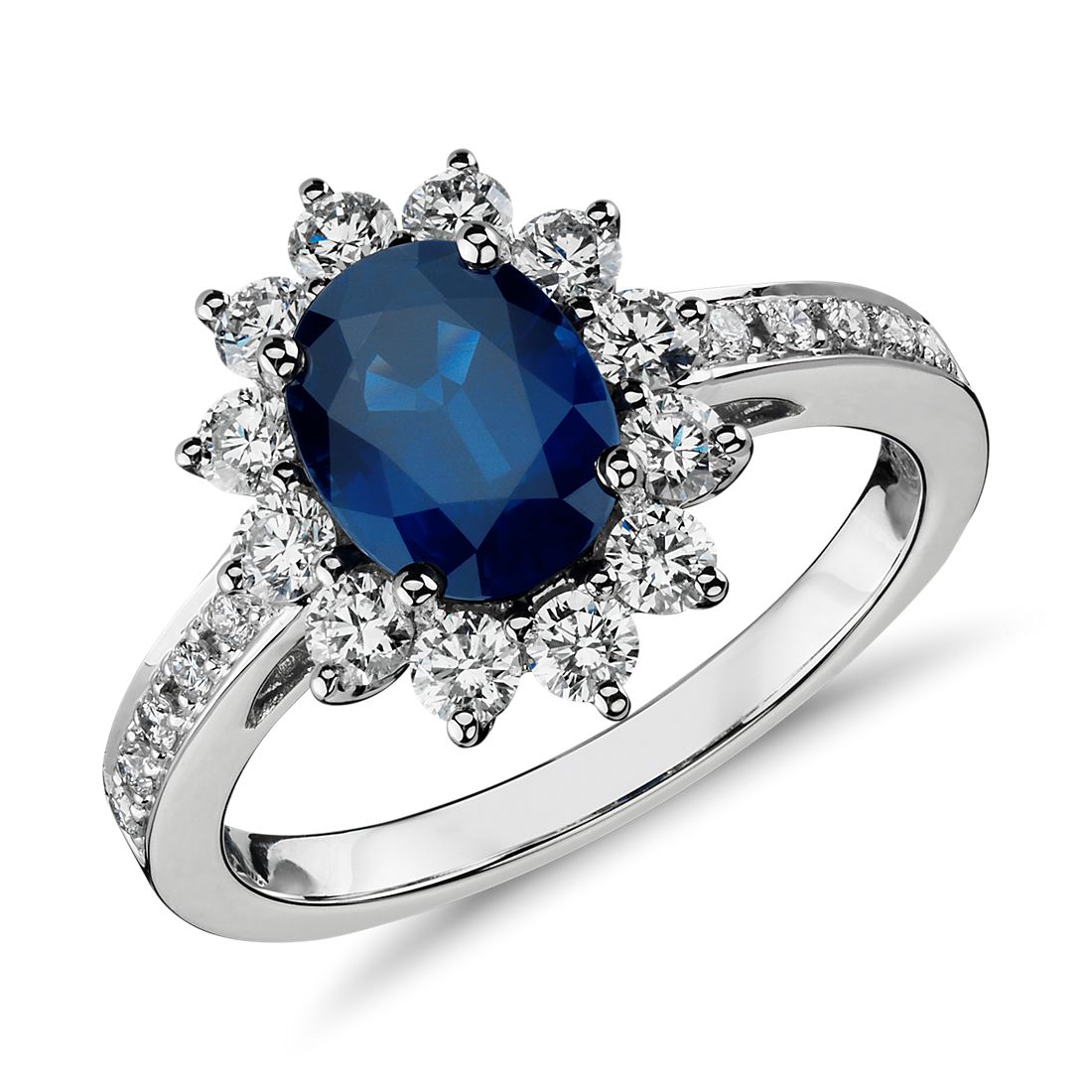
Here are the pros of faceted gemstones:
- Faceting enhances the brilliance of gemstones as the facets create many angles at which light can reflect off
- It adds texture and depth to the overall look of the gemstone
- Careful faceting can hide undesirable parts of the gemstone, like an unsightly flaw
- Faceting gives the gemstone a modern look and brings out various styles
Gemstones typically cut with facets include diamond, aquamarine, sapphire, ruby, tanzanite, morganite, tourmaline, topaz, and emerald.
What is En Cabochon?
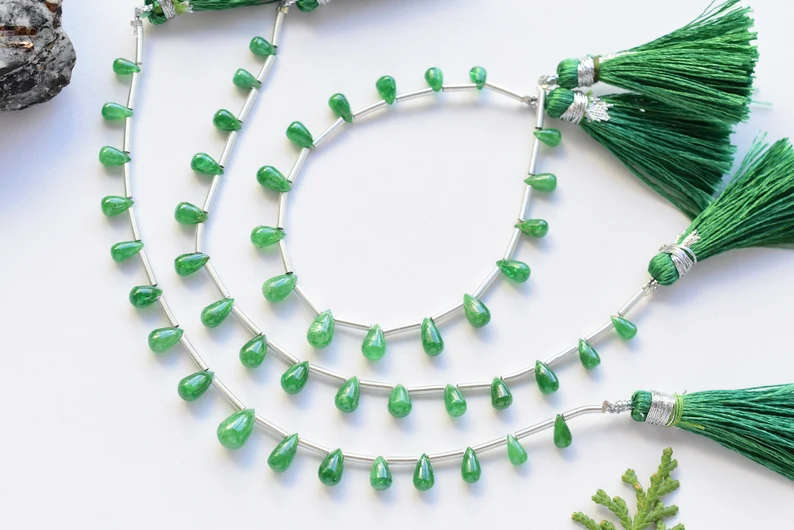
A cabochon (also called cab) is a polished, smooth gemstone that has no facets. Most cabochons have a convex or domed top and a flat bottom section. Cabochon cuts can be round, oval, pear-shaped, square, or rectangular among others.
Gemstones are generally cut en cabochon for one of the following reasons:
- The stone has some special features that a smooth polish will bring out. This includes chatoyancy (the cat’s eye effect), asterism (the star effect), adularescence (the glow or sheen on some stones like moonstone), iridescence (the appearance of the stone changing color when moved, as seen on opals), and aventurescence (a twinkling shine on some stones like aventurine).
- The stone is opaque or has very low transparency. Such stones don’t have the potential for light performance. Instead, cutting such stones en cabochon will enhance the stone’s color.
- Low-grade gemstones. You will sometimes find vivid-colored sapphires or emeralds that may have too many inclusions or low transparency, making them unsuitable for a faceted cut. In such cases, cutting the stone en cabochon will bring out its color and texture.
So what are the benefits of cabochons?
- Generally less expensive
- Enhances the gemstone’s color and texture
- Brings out special inclusions or optical effects of the stone
- Perfect for softer gemstones that could fracture if subject to faceting
Gemstones that are typically cut en cabochon include turquoise, amber, aventurine, labradorite, garnet, moonstone, lapis lazuli, bloodstone, star ruby, star sapphire, and opal.
Facets vs. Cabochon – Which is Better?
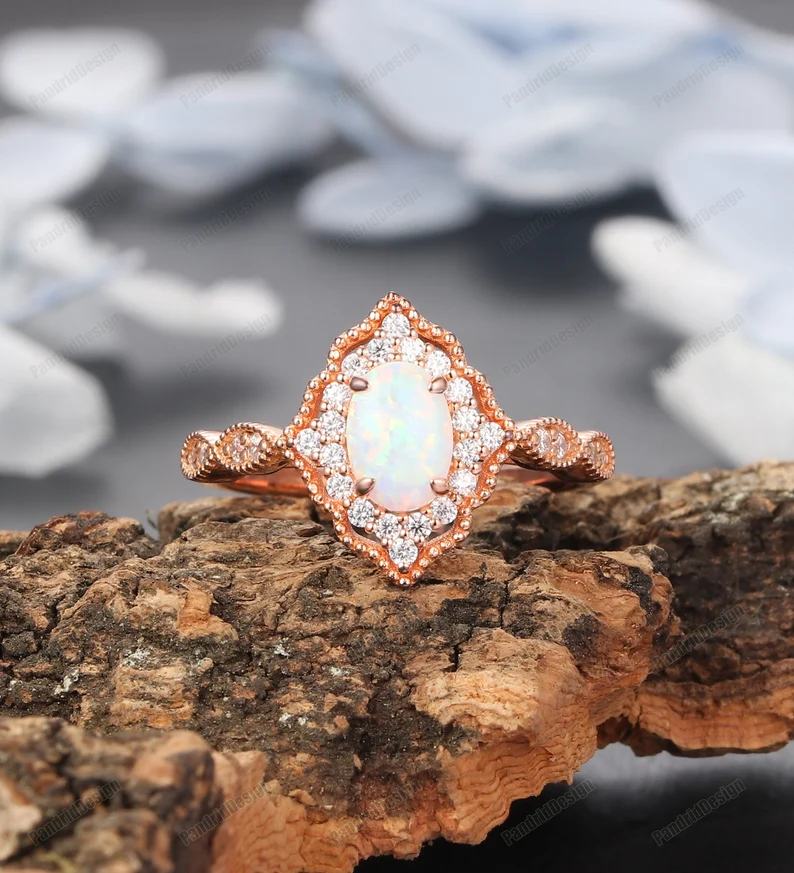
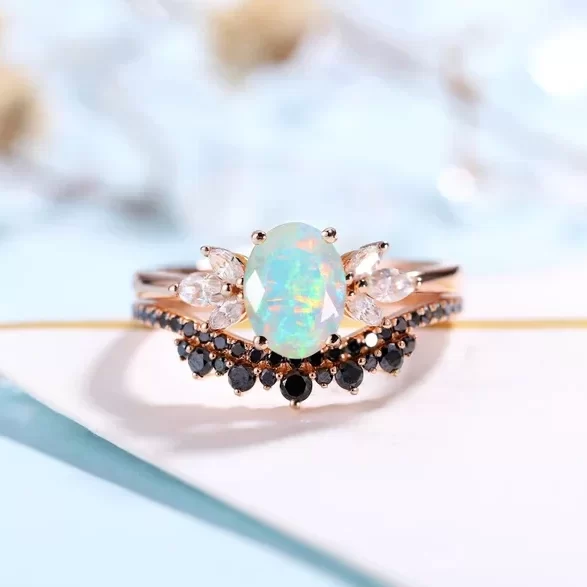
It’s clear by now that gemstones are chosen to be cut into facets or cabochons based on their quality and optical properties.
In general, people gravitate towards faceted gemstones as they reflect light better and have the sparkle that’s associated with gemstones. They also suit sophisticated and elegant styles of jewelry.
Cabochon gemstones are ideal for boho or more casual jewelry, but they can also be crafted into highly stylish pieces depending on the skill of the jeweler.
These two options are different and what you choose depends on your personal style and budget.


